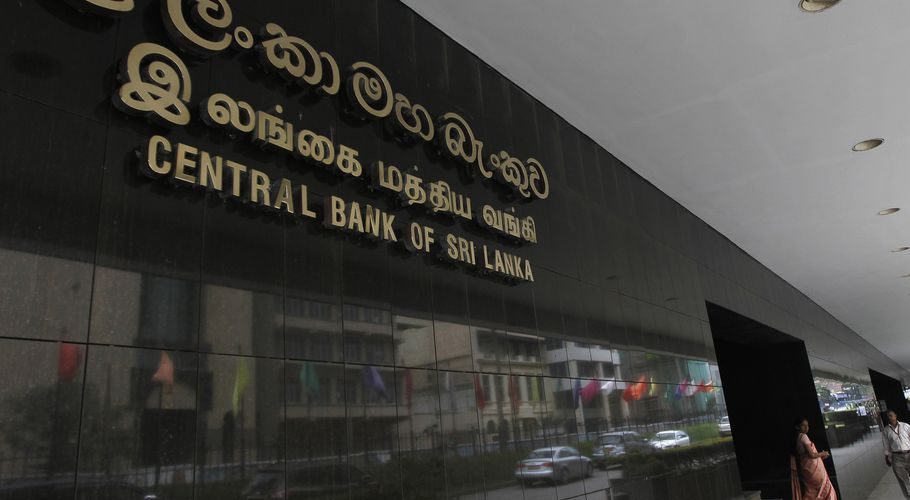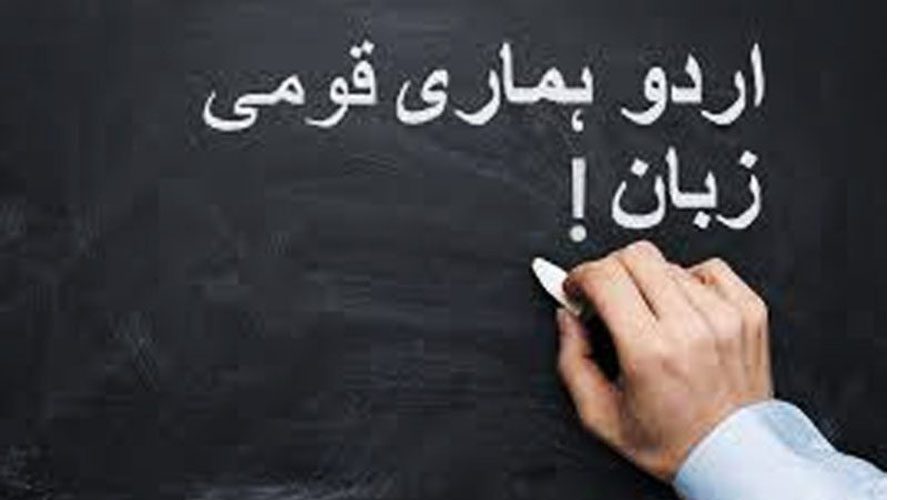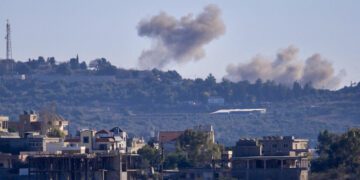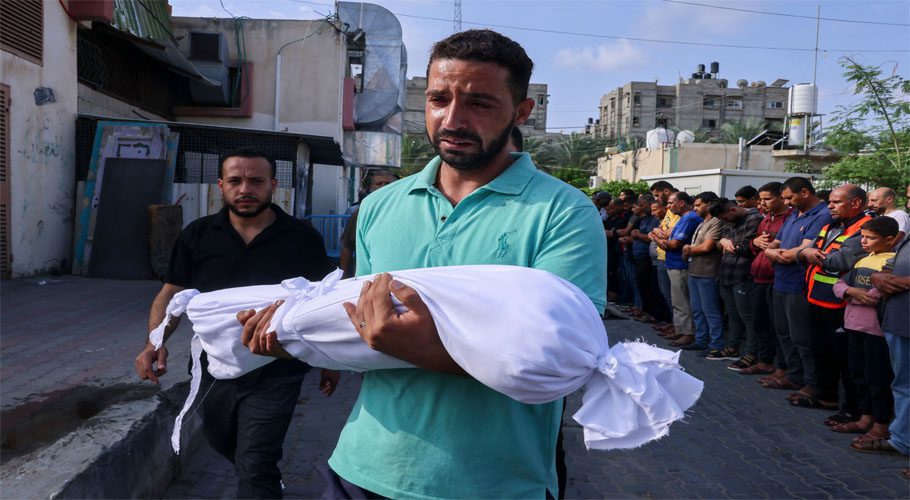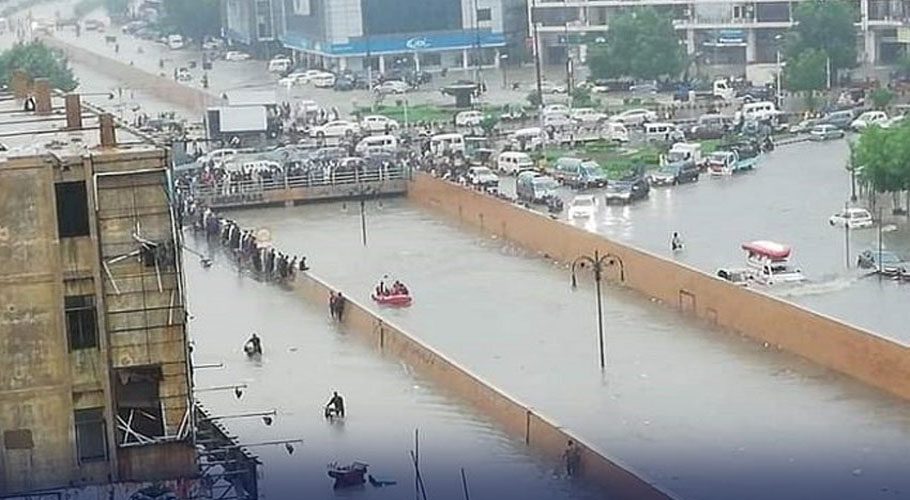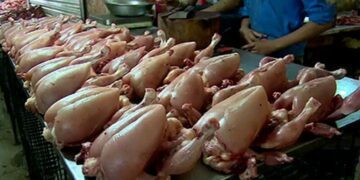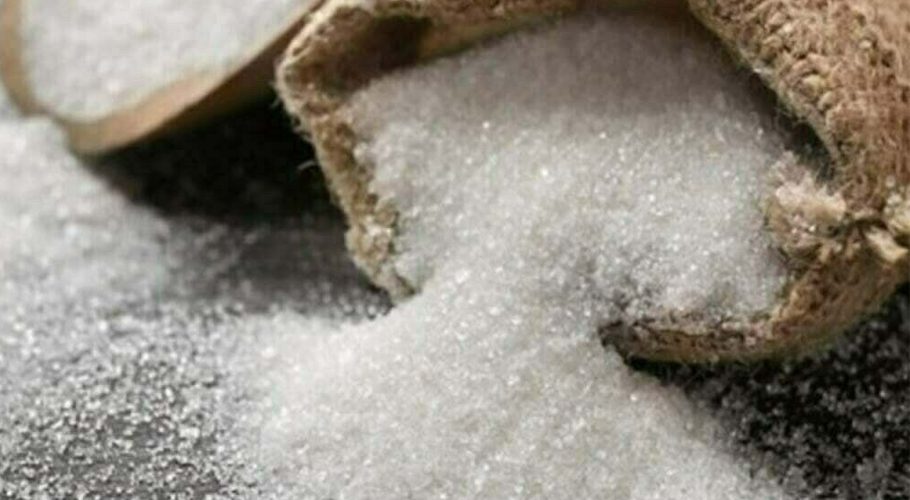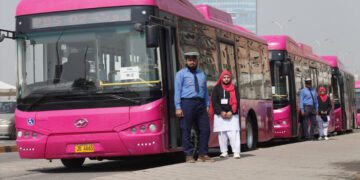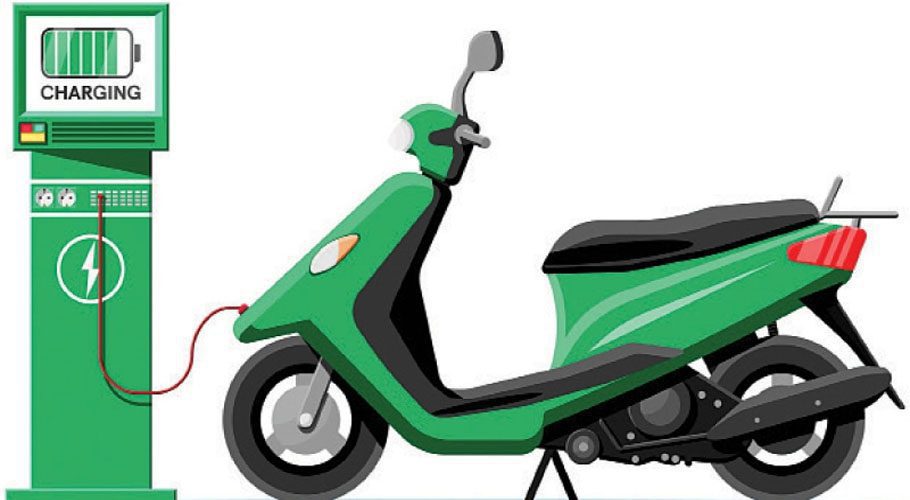![]() Follow Us on Google News
Follow Us on Google News
COLOMBO: Sri Lanka’s central bank said on Tuesday it had become “challenging and impossible” to repay external debt, as it tries to use its dwindling foreign exchange reserves to import essentials like fuel.
The island nation’s reserves have slumped more than two-thirds in the past two years, as tax cuts and the COVID-19 pandemic badly hurt its tourism-dependent economy and exposed the government’s debt-fuelled spending. Street protests against shortages of fuel, power, food and medicine have gone on for more than a month.
“We need to focus on essential imports and not have to worry about servicing external debt,” Central Bank of Sri Lanka’s governor, P. Nandalal Weerasinghe, told reporters. “It has come to a point that making debt payments are challenging and impossible.”
Weerasinghe said the suspension of payment would be until the country came to an agreement with creditors and with the support of a loan programme with the International Monetary Fund (IMF). Sri Lanka starts formal talks with the global lender on Monday for emergency loans.
The country has foreign debt payments of around $4 billion due this year, including a $1 billion international sovereign bond maturing in July. Two coupon payments are due on Monday.
Governor Weerasinghe said the call on repayment was being taken in good faith, emphasising that the country had never defaulted on its debt payments.
Interest rate hiked by 7%
On Friday, Sri Lanka’s central bank doubled its key interest rates on Friday, raising each by an unprecedented 700 basis points to tame inflation that has soared due to crippling shortages of basic goods driven by a devastating economic crisis.
Sri Lanka’s main opposition party, Samagi Jana Balawegaya, asked the government to take effective action to resolve the economic crisis or face a no-confidence motion, as business leaders from garments, tea and other industries warned exports could fall 20-30 percent this year.
The Central Bank of Sri Lanka’s (CBSL) monetary board raised its standing lending facility to 14.50 percent and its standing deposit facility to 13.50 per cent.
The build-up of aggregate demand, domestic supply disruptions, the plunge of the local currency and high prices of commodities globally could keep up the pressure on inflation, CBSL said in its monetary policy decision statement.
“The rate hike will give a strong signal to investors and markets that we are coming out of this as soon as possible,” governor P Nandalal Weerasinghe said. Finance Minister Ali Sabry said the country must urgently restructure its debt and seek external financial help.

